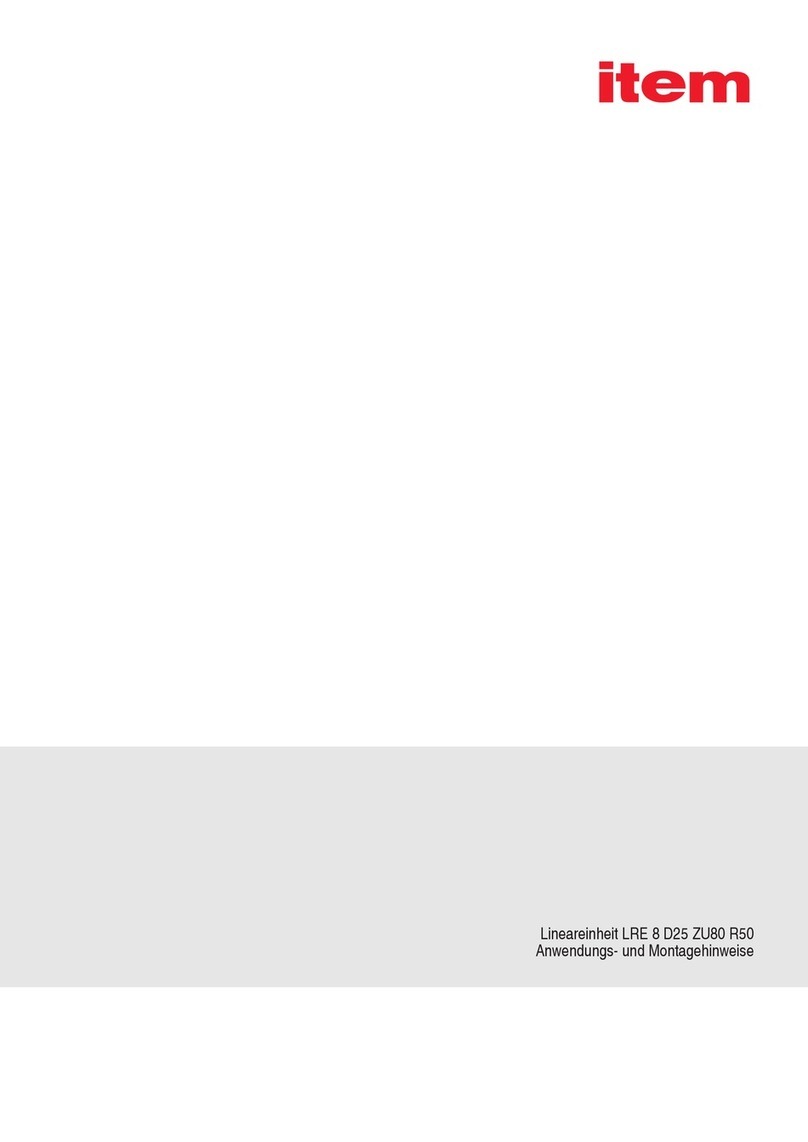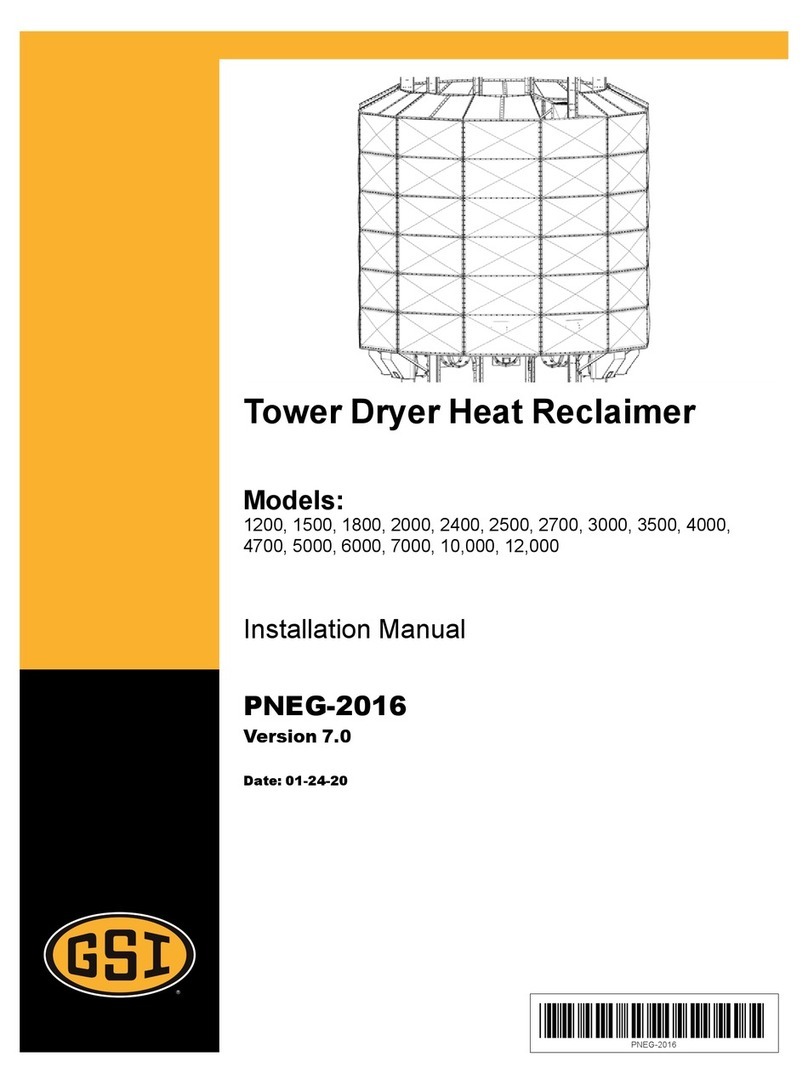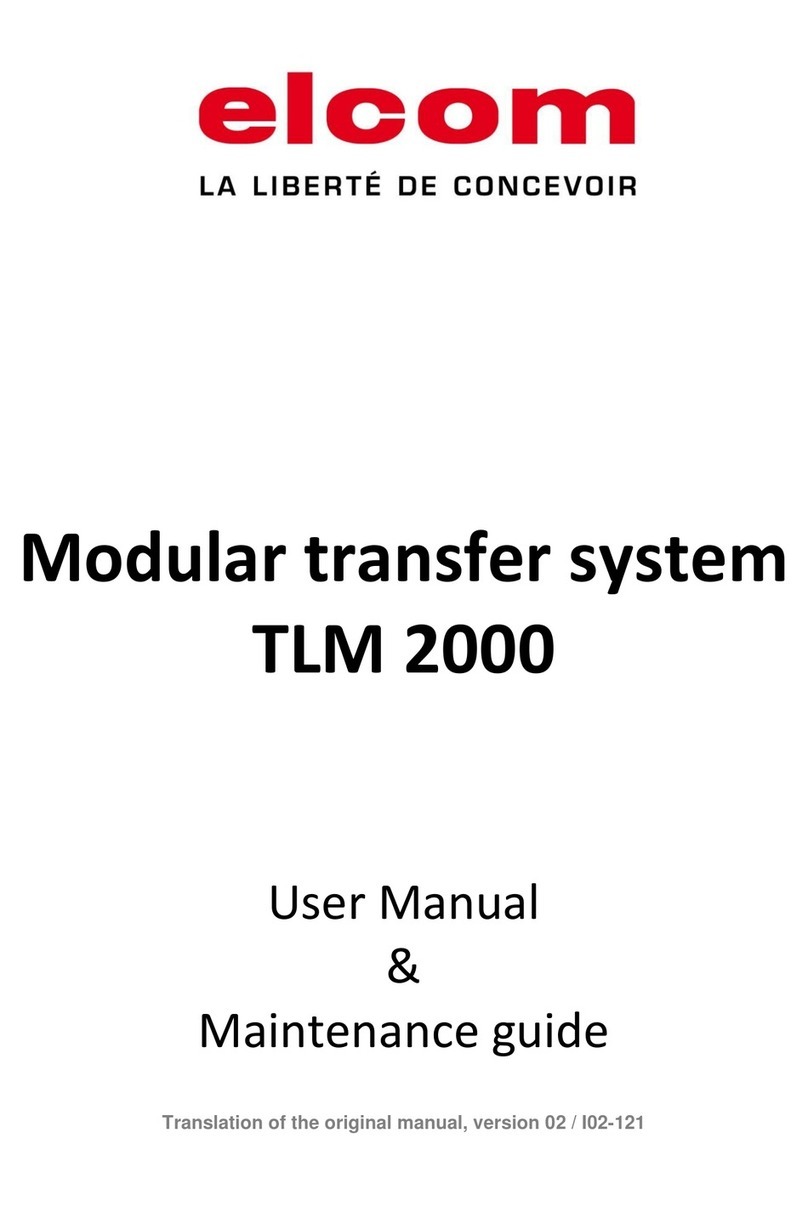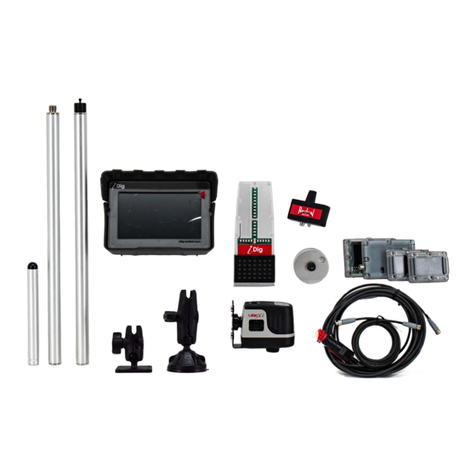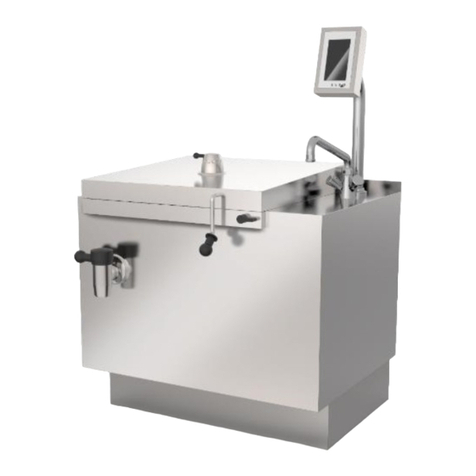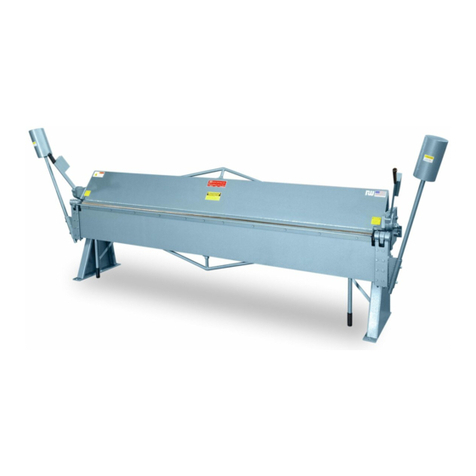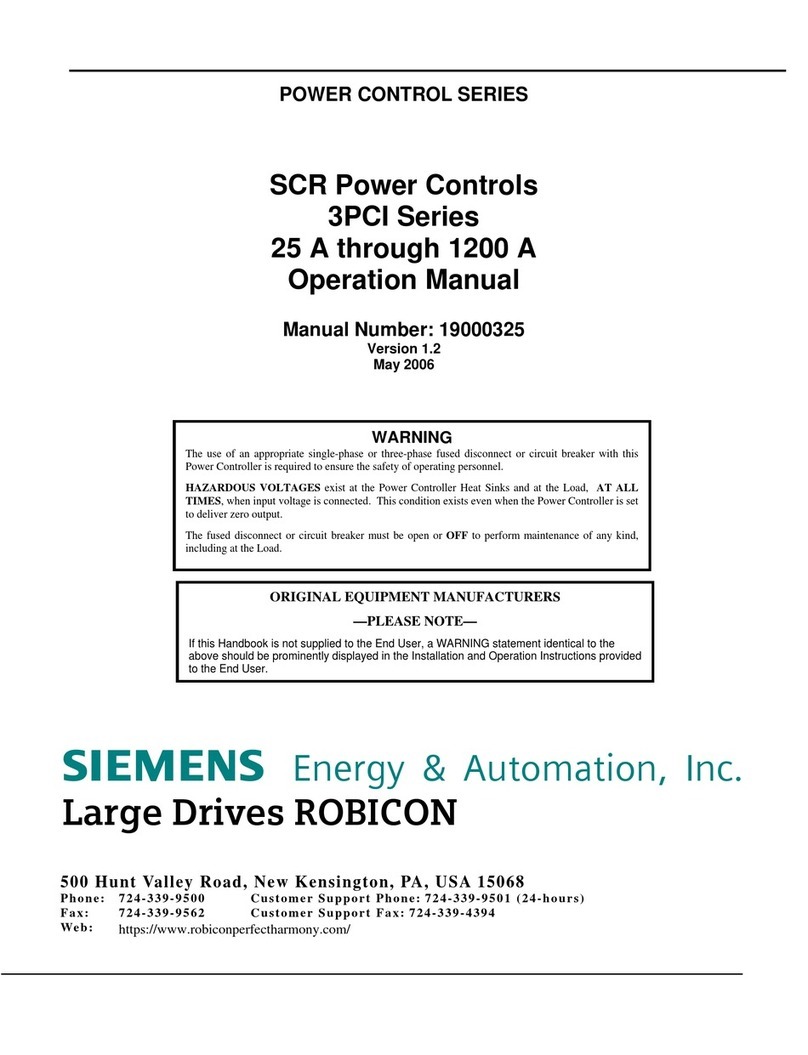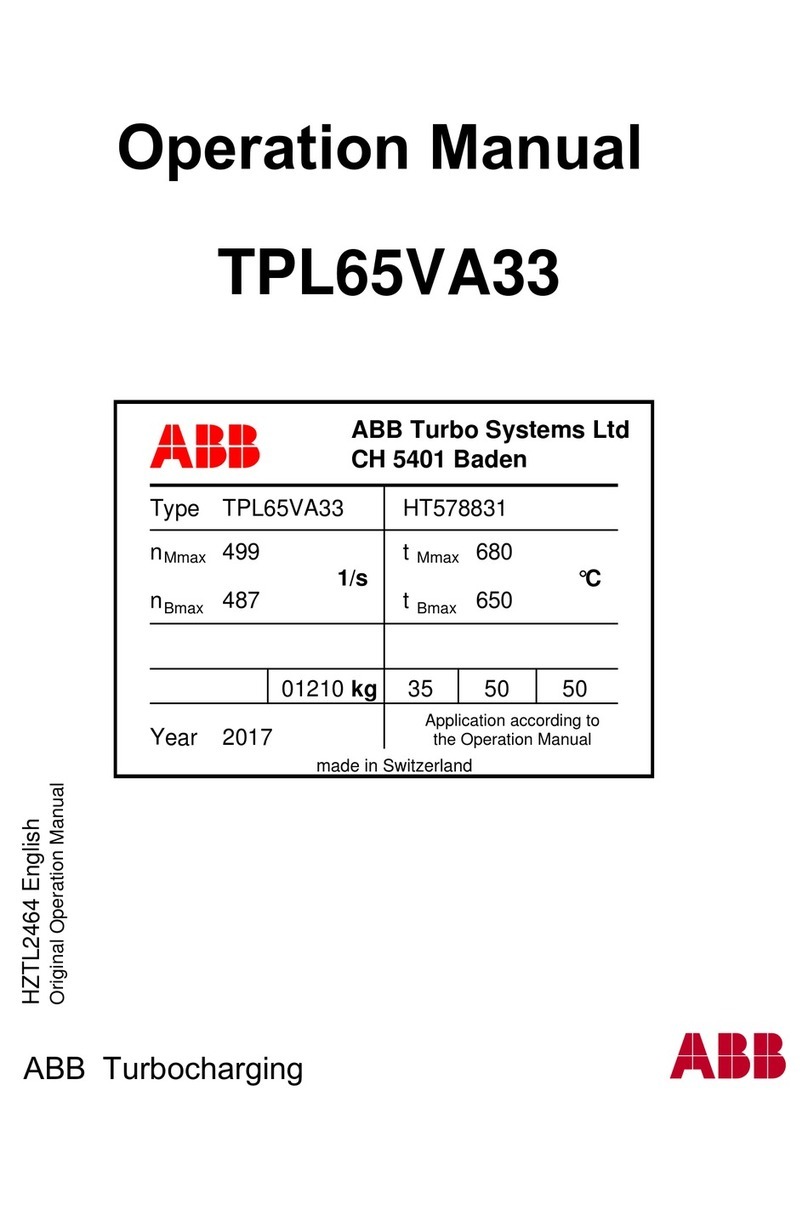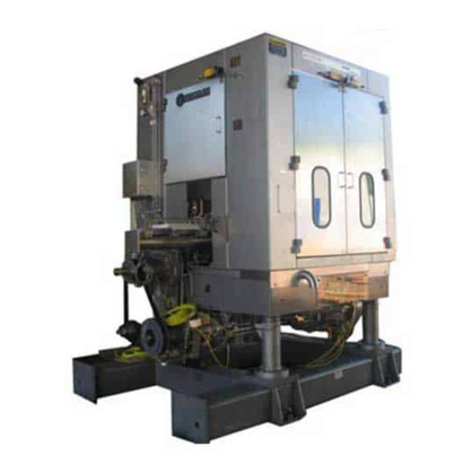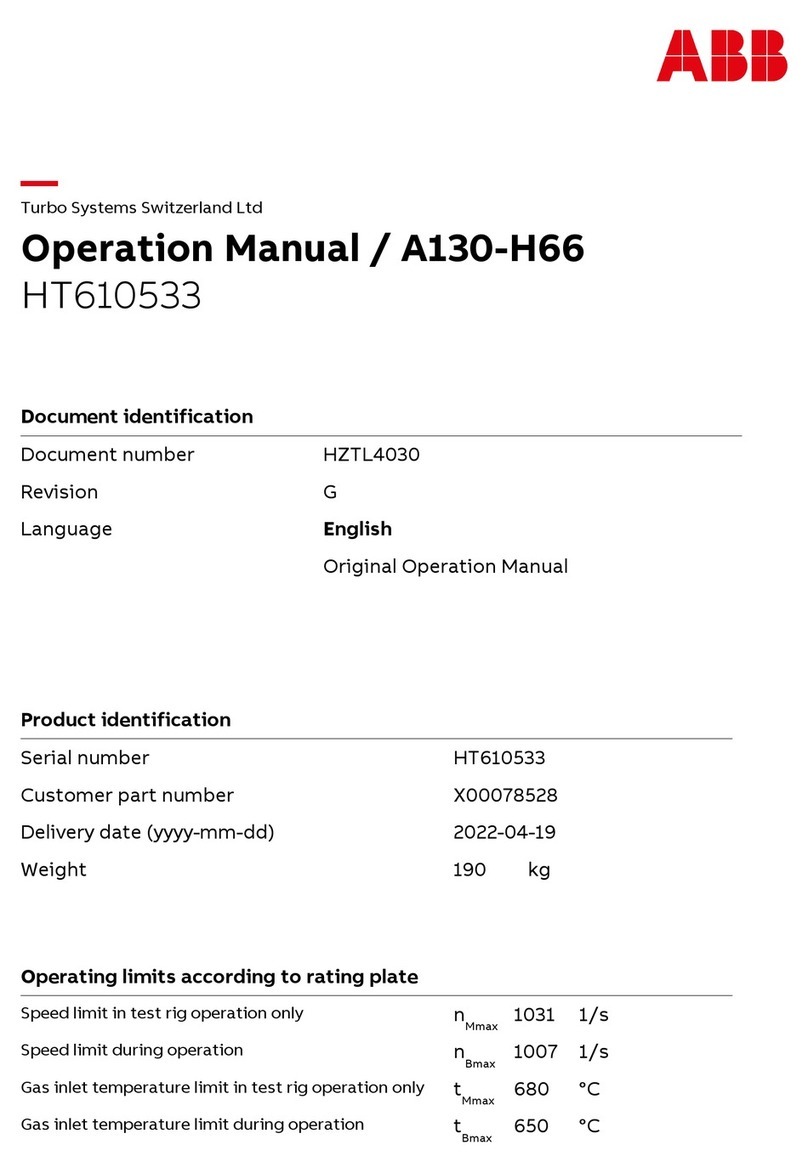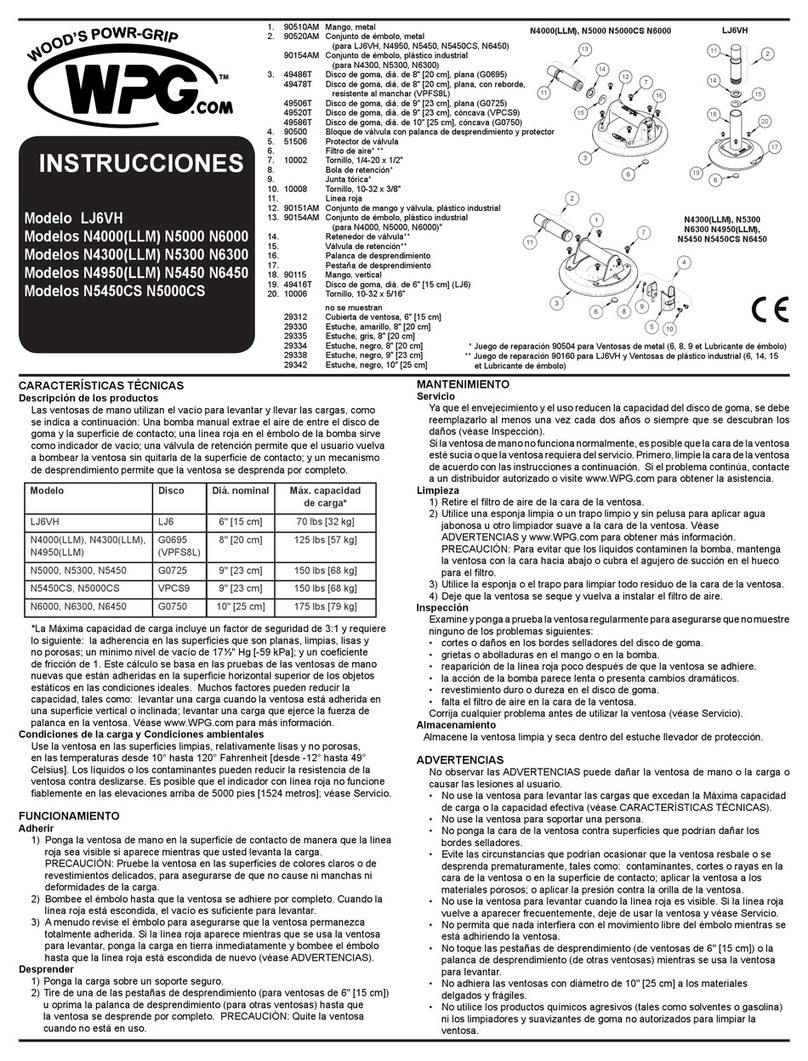SONITUS DM30 User manual

DM30 Dustsens User Manual
DM30 Dustsens
User Manual

DM30 Dustsens User Manual Version 1.1 Sept-21 Page 2
TABLE OF CONTENTS
1PREFACE _______________________________________________________________________ 3
1.1 Safety Information _____________________________________________________________ 3
1.2 Laser safety __________________________________________________________________ 4
1.3 Heater safety _________________________________________________________________ 4
2GENERAL DESCRIPTION ___________________________________________________________ 5
2.1 Airborne Particulate Monitoring with the DM30 Dustsens _____________________________ 5
2.2 Main Features of the DM30 _____________________________________________________ 5
2.3 Intended Use _________________________________________________________________ 5
2.4 Limitations of use______________________________________________________________ 6
2.5 User Responsibility_____________________________________________________________ 6
3OVERVIEW AND LAYOUT __________________________________________________________ 7
3.1 DM30 Dustsens Specifications ___________________________________________________ 8
3.1.1 Dimensions _____________________________________________________________________ 8
3.1.2 DM30 Dustsens Specifications______________________________________________________ 9
3.2 How to Install the DM30 Dustsens _______________________________________________ 10
3.2.1 DM30 Dustsens Mounting Options _________________________________________________ 11
3.3 How to Commission the DM30 Dustsens __________________________________________ 12
4OPERATION/USE ________________________________________________________________ 13
4.1 Checks before using the DM30 Dustsens __________________________________________ 13
4.2 How to Use the DM30 Dustsens _________________________________________________ 13
4.2.1 Operating Environment __________________________________________________________ 13
4.2.2 Starting/Stopping the DM30’s Operation ____________________________________________ 13
4.2.3 Local/Remote Operation _________________________________________________________ 13
5USER INTERFACE________________________________________________________________ 14
5.1 Understanding the User Interface________________________________________________ 14
5.2 Dust Levels Data Page _________________________________________________________ 15
5.3 Sonitus cloud ________________________________________________________________ 17
5.3.1 Changing email and password preferences___________________________________________ 17
6MAINTENANCE _________________________________________________________________ 18
6.1 How to Maintain the DM30 Dustsens_____________________________________________ 18
6.1.1 DM30 Maintenance _____________________________________________________________ 18
6.1.2 Maintenance Schedule___________________________________________________________ 18
6.2 Troubleshooting and repair_____________________________________________________ 19
6.2.1 Troubleshooting ________________________________________________________________ 19
7DISPOSAL______________________________________________________________________ 22
7.1 How to Dispose of the DM30 Dustsens____________________________________________ 22
8TECHNICAL SUPPORT ____________________________________________________________ 22
8.1 Disclaimer___________________________________________________________________ 22
9APPENDICES ___________________________________________________________________ 23
9.1 Spare Parts __________________________________________________________________ 23
9.1.1 Spare/Replacement Parts ________________________________________________________ 23
9.2 Glossary ____________________________________________________________________ 24

DM30 Dustsens User Manual Version 1.1 Sept-21 Page 3
1PREFACE
1.1 Safety Information
This user manual describes how to safely install and operate Sonitus Systems’DM30 Dustsens
particulate monitor.
The meanings of the warning and caution symbols that are employed in this user manual are
described here so that users are aware of potential hazards when using the DM30 Dustsens.
Failure to adhere to the cautions and warnings can result in damage to property or injury.
CAUTION
Failure to follow the procedure outlined in this manual could result in
damage to the instrument or personal injury. If you are unsure how to
operate this instrument, please contact the distributor directly before
attempting to use it.
Caution, susceptible to electro-static discharging (ESD).
Caution, Class 3B laser.
Warning, Protective Earth Ground. This instrument must be earthed by
connecting a suitable earth wire to the earth terminal within the Mains
Connector.
Warning, High Temperature, risk of burns. Incorrect handling of the
monitors heating system may result in exposure to high temperatures,
resulting in the risk of incurring burns
Caution, risk of electric shock.

DM30 Dustsens User Manual Version 1.1 Sept-21 Page 4
1.2 Laser safety
•The DM30 device contains a Class 3B laser product.
•The laser is located inside the optical particle counter (OPC), which is held in the AS10
sensor assembly. The AS10 is housed inside the DM30 Dustsens.
•The laser is not considered to be dangerous if used correctly.
•DO NOT attempt to disassemble the OPC.
•DO NOT power the device when the AS10 sensor is disconnected.
1.3 Heater safety
•The DM30 Dustsens uses a high-powered heater to reduce humidity coming into the inlet.
•DO NOT touch the heating inlet when it is turned on.
The heater must be allowed to cool down for a minimum of 5 minutes after powering
down the system before handling.
WARANTY NOTE
•The DM30 Dustsens is only compatible with equipment supplied or verified by Sonitus
Systems. Using other uncertified equipment may impair the performance of the
product
•When the mains power adapter is used, the equipment should be connected to the
appropriate isolation mechanism for emergency disconnection
•The DM30 Dustsens is IP66 rated. DO NOT attempt to use the equipment outside
without the enclosure.
•The device is equipped with an active drying heater. DO NOT touch the aluminium
heater tube while active.

DM30 Dustsens User Manual Version 1.1 Sept-21 Page 5
2GENERAL DESCRIPTION
2.1 Airborne Particulate Monitoring with the DM30 Dustsens
The DM30 Dustsens (DM30) instrument is designed for measuring airborne particulate matter
(PM) in outdoor environments. The DM30 records real-time, accurate, mass-concentrations of
particulate matter (PM1, PM2.5 and PM10) using an optical particle counter (OPC). The DM30
Dustsens also simultaneously records the environmental variables of temperature (°C/°F) and
relative humidity (%) using external sensors.
The OPC uses a light scattering technique to determine the concentrations of airborne
particulates in the air. The combination of a fan and heating system, enables air to be drawn into
the DM30, where it is dried to reduce the presence of moisture droplets. As the particles pass by
a photometer they are counted and profiled. The DM30 has the capability of recording a range of
particle sizes from 0.35 µm to 40 µm.
The DM30 continually determines the PM1, PM2.5 and PM10 unit mass concentrations in
micrograms per cubic meter of air (µg/m3). These readings are averaged, stored, and can be
viewed in real-time via the Sonitus Cloud. The DM30 connects to the internet using an internal 4G
modem. The user interface can also be accessed over Wi-Fi® to view data stored on the DM30.
The DM30 instrument is calibrated in our dedicated calibration laboratory. The calibration
consists of a direct comparison of the response of the particulate monitor with an internationally
recognised equivalence method instrument exposed to an aerosol of a standardised dust, with a
certified particle size distribution.
2.2 Main Features of the DM30
●Real-time continuous measurement of ambient airborne particulates
●Reliable, low maintenance for dusty environments
●High-capacity OPC
●Particulate matter sizes of PM1, PM2.5 and PM10 are recorded
●Simultaneous temperature and relative humidity readings
●High resolution of particle sizes down to 0.35 µm
●Plug and play installation
2.3 Intended Use
The DM30 is designed for use in a range of applications and environments. The instrument is
designed for monitoring outdoor ambient airborne particulate pollutants but can also be used to
measure particulates in indoor environments. The DM30 can detect high concentrations of
airborne particle in the size range of 0.35 to 40 µm. The DM30 is designed to be low maintenance.

DM30 Dustsens User Manual Version 1.1 Sept-21 Page 6
The inlet and exhaust are serviceable by the end user. The instrument is equipped with a baffled
inlet and an auto-regulated flow rate to mitigate the influence of wind in changing environments.
2.4 Limitations of use
To ensure optimal performance and safe operation, the DM30 must be operated within the limits
specified in Section 6 (Operation) of this user manual. Operation outside these limits may result
in damage to the instrument or failure to achieve the performance specification.
Operation of the DM30 outside of the specified temperature limits for extended periods of time
may reduce the operating lifetime of the instrument.
The DM30 is not approved for use in potentially explosive atmospheres or with potentially
aggressive substances such as with acids or gases.
2.5 User Responsibility
Only suitably trained personnel may install and operate the DM30 in accordance with the
instructions provided in this user manual and the relevant regulations.
The DM30 Dustsens user manual should be kept onsite for reference.
Repairs and calibrations should only be carried out by personnel approved by Sonitus Systems.
Only the manufacturer’s approved components are to be used as replacement parts.
Only suitably qualified personnel may carry out maintenance on this instrument.
Sonitus Systems will not be liable for any injury or damage caused by incorrect installation,
operation or maintenance resulting in a failure to follow procedures and safety instructions
provided in this user manual.

DM30 Dustsens User Manual Version 1.1 Sept-21 Page 7
3OVERVIEW AND LAYOUT
1: DM30 Main Enclosure
2: Dust Sampling Heating inlet
3: Relative Humidity and Temperature external sensor
4: Dust outlet
5: Mains (110-220 VAC) input

DM30 Dustsens User Manual Version 1.1 Sept-21 Page 8
3.1 DM30 Dustsens Specifications
3.1.1 Dimensions

DM30 Dustsens User Manual Version 1.1 Sept-21 Page 9
3.1.2 DM30 Dustsens Specifications
Dust sensor
Description
Sensor type
Optical particle counter
Laser classification
Class 1
Particle range
0.35 to 40 µm (Spherical equivalent size)
Size categorisation
24 bins
Sampling interval
1 to 30 seconds
Total flow rate
5.5 L/min
Sample flow rate
210 mL/min
Maximum particle count rate
10000 particles/second
Detection limits
0.01 to 1500 µg/m3
Certified detection range
0.01 to 200 µg/m3
Sampling heater
Power output range
0 - 18 Watts
Effective heating range
0 (at %RH < 70) to 45℃(at %RH < 40)
Temperature and humidity sensors
Operating range
-40 to 125℃
Temperature resolution
0.01℃(Lowest repeatability = 0.15℃)
Temperature measurement range
0 to 90℃at ±0.2℃ accuracy
Relative humidity resolution
0.01 %RH (Lowest repeatability= 0.21 %RH)
Relative humidity measurement range
0 to 100 %RH at ±2 %RH accuracy
System specifications
Local data storage capacity
8 GB
Data logging interval
1 to 30 minutes
Wi-Fi
802.11a/b/g/n
GSM supported networks
2G/3G/4G
Operating temperature range
-10 to 55℃
Humidity range
0 to 95 (non-condensing) %RH
Mains Power
100-240 Vac (50/60 Hz)
Overall power consumption
24 Watts (2 Amps at 12 Volts DC with heater on)
Weight
12 kg
Ingress protection rating
IP66 (Excluding dust sampling path)
Impact protection rating
IK08

DM30 Dustsens User Manual Version 1.1 Sept-21 Page 10
3.2 How to Install the DM30 Dustsens
Fix the DM30 Dustsens to the wall using four screws (selected based on the material) and heavy-
duty raw plugs (if not fixing directly into wood or metal). Ensure it is firmly fixed into position with
the screws as shown below.
NOTE
•The DM30 Dustsens is designed to be mounted approximately 1.5 metres above the
ground.
•To ensure highest quality of performance allow the inlet to be placed above the wall/
hoarding for optimal free flowing into the inlet.
•DO NOT position the devices upside down as this would have a damaging effect on
the inlet

DM30 Dustsens User Manual Version 1.1 Sept-21 Page 11
3.2.1 DM30 Dustsens Mounting Options
Wall Mount
The DM30 is ready to mount on a wall or hoarding in its default configuration. Note: mounting
screws are not supplied.
Pole Mount
The DM30 can be mounted on a pole using an optional pole mounting kit. The mounting kit can
be supplied by Sonitus Systems or sourced independently (Part no. PMK ARCA 30 8120841).

DM30 Dustsens User Manual Version 1.1 Sept-21 Page 12
3.3 How to Commission the DM30 Dustsens
The following steps detail the commissioning procedure of the DM30 device.
1. Power up the device
2. Inspect green LED on the EM20 logger for the following sequence:
-The LED switches ON for 5
seconds to show power is being
supplied
-The light stays OFF until the
system has booted up and reached
the next measurement time slot
e.g. even 5 minute mark
-The LED will begin flashing ON
and OFF once per second, the
system is operating normally,
sampling is in progress (faster
flashing indicates an error - refer
to Trouble shooting Section 7)
3. When the DM30 is powered up it will broadcast a Wi-Fi network. Scan for “Sonitus-
Systems-DM30-0xxxx” SSID (using a Wi-Fi enabled device such as a mobile phone, tablet or
laptop). The last 4 digits of the network name will show the DM30 serial number
4. Check for results on Sonitus Cloud after 15 minutes. The default upload schedule sends
readings to the cloud every 15 minutes

DM30 Dustsens User Manual Version 1.1 Sept-21 Page 13
4OPERATION/USE
4.1 Checks before using the DM30 Dustsens
1. Perform a general visual inspection
2. Ensure nothing is blocking the sampling inlet or the exhaust of the device
3. Check that nothing has been dislodged during transport or installation
4. Verify that all connections are in place
4.2 How to Use the DM30 Dustsens
4.2.1 Operating Environment
This device is designed for use in outdoor environments but can also be used indoors.
4.2.2 Starting/Stopping the DM30’s Operation
➢To start the DM30, connect to the mains power supply.
➢To stop the DM30, simply turn off the power to the unit.
4.2.3 Local/Remote Operation
The DM30 has a standard Wi-Fi communication capability and can communicate with any laptop
or mobile device which has a Wi-Fi connection and a web browser.
Each DM30 is labelled with a serial number. This serial number is the unique identifier of the unit,
used for communication over the Wi-Fi link.
The DM30 acts as an access point, generating a unique Wi-Fi network. The network name is linked
to the device serial number. For example, if the serial number of the device is 00223 the unique
Wi-Fi network will be named “Sonitus-Systems-DM30-00223.” To connect to the DM30 simply
join the Wi-Fi network (password supplied separately) and the appropriate settings will
automatically be applied.
Remote operation is then completed using the Sonitus Cloud.

DM30 Dustsens User Manual Version 1.1 Sept-21 Page 14
5USER INTERFACE
5.1 Understanding the User Interface
Communications to the dust monitor are handled through a standard web browser.
Note: It is recommended that you download the latest version of your web browser before logging
in to the dust level monitor.
To log into the dust monitor, first connect to the Wi-Fi network following the steps above in
section 4.2.3. Next, open your browser and enter the IP address of the unit into the address bar
of the web browser, as shown below:
http://10.1.1.2
Note: There should be no www preceding the number in the address bar.
Once you have correctly entered these details you will be logged into the DM30 user interface
and you will see the home page, as displayed below.
DM30 User Interface Home Page

DM30 Dustsens User Manual Version 1.1 Sept-21 Page 15
The home page displays some basic information about the unit such as the serial number, signal
strength and the software version. Also displayed on the home page are links to pages which
access some of the main features. These pages and their associated functionality are detailed
below.
At the bottom of the home page is the Reboot button. This button performs a manual reset of
the monitoring unit. This should be used after making a change to the system settings, or during
a troubleshooting process as outlined in the troubleshooting section of this manual.
5.2 Dust Levels Data Page
This page displays a listing of all files contained in the memory of the monitoring unit. Filenames
contain the name of the DM30 unit and the date and time at which the monitoring run began.
During normal operation there is a single dust data file produced each day. Click on the name of
a file to view its contents.
Dust Level Data Page
Example results file
# Unit S/N: OPC-N3 177050019
# Start time: Wed Aug 4 23:56:30 2021, Scaling applied: linear
# dd/mm/yyyy hh:mm:ss, PM1, PM2.5, PM10, RHpre, Tpre, DPpre
05/08/2021 00:05:00, 0.75, 1.00, 1.14, 56.17, 21.74, 12.62
05/08/2021 00:10:00, 0.99, 1.32, 1.52, 56.20, 21.73, 12.62
05/08/2021 00:15:00, 1.05, 1.40, 1.88, 56.22, 21.72, 12.62

DM30 Dustsens User Manual Version 1.1 Sept-21 Page 16
The file header (denoted by a # at the beginning of the line) gives information about the unit and
the monitoring run. The data is logged at regular time intervals. The columns of data show the
results for the particulate matter sizes. These include PM1, PM2.5 and PM10.
Clicking the box next to each file name allows you to select the file either for download or to be
deleted. Press the “Select All” button to select all the listed files.
To download the data files to your computer, click “Download Selected”. This will download a zip
file containing all selected files which you can save to a location of your choice.
To generate a plot of the data simply select the desired files and click “Plot Selected.” This will
generate a plot of PM10 levels for the range of files chosen.
To delete files from the Dust Data folder, select the appropriate files and click “Move to Trash”.
This will move the files to the Trash folder on the system. Click “View Trash” to see what files are
contained here.
Note: Files in the Trash directory are still taking up space in memory. If you do not wish to keep
these files, then enter the Trash folder by clicking “View Trash”, select the files you wish to
permanently delete and click “Delete Selected Files”. Click “Empty Trash” to delete all files in the
folder. Alternatively, you can restore files to the main dust measurement data page for
downloading by selecting the files and clicking “Restore Selected Files”.
To return to the home page from the dust measurement data page simply click on the Sonitus
Systems logo at the top of any page.
Dust Level Plot Page

DM30 Dustsens User Manual Version 1.1 Sept-21 Page 17
5.3 Sonitus cloud
The Sonitus Cloud provides tools for managing projects related to the DM30 dust monitors. A
username and password will be supplied separately. After logging in, users can:
•Change email and password preferences
•View the performance of individual monitors including breaches of limits
•Manage projects with multiple different DM30 monitors
On the Sonitus Cloud platform, tutorials are available on how to complete a range of functions.
This is found under the ‘Support’heading on the top right hand of any page.
These tutorials will not be covered in the manual of the DM30 dust monitor.
5.3.1 Changing email and password preferences
After logging in to the Sonitus Cloud platform, users can change their email and passwords. By
clicking on the top right of the screen (where the username is displayed) users can select edit info.
Here users can change their Name, Company, Email and Phone Number.
5.3.1.1 Checking the performance of your monitor
Once you are logged in to the Sonitus Cloud you can check the status of your devices by clicking
on the “Monitors” link. This will show you a list of all monitors assigned to your account. Select
the monitor you are interested in to check the status.
The Monitor page will show you the latest reading along with when the measurement was
recorded.
You will also be able to see equipment details including the calibration data and when the device
is due for service.
Additional settings like limit alerts and connectivity alerts can be changed here.
If the monitor is currently assigned to a project, you will be able to view the latest readings by
clicking on the chart symbol.
5.3.1.2 Downloading data
Data can be downloaded directly from the cloud from the “Grid” page, which is accessed from
your project or through the monitor information page. After selecting the dates of interest, select
download. The download will be in csv format.

DM30 Dustsens User Manual Version 1.1 Sept-21 Page 18
6MAINTENANCE
6.1 How to Maintain the DM30 Dustsens
6.1.1 DM30 Maintenance
-Cleaning the dust inlet head
1. Un-screw the large inlet head (carefully twist inlet
head anti-clockwise).
2. Remove the three PH2 screws.
3. Remove the heat distribution unit.
4. Brush using a soft plastic bristle brush and blow clean
5. Reassemble inlet head
6. Screw the inlet head back on the inlet tube. Be careful
not to overtighten the inlet.
6.1.2 Maintenance Schedule
Maintenance tasks shall be done according to the following plan, by a suitably trained technician:
Task
Frequency
Clean dust inlet and exhaust
In very dusty conditions check regularly for dust build
up around the mesh and clean if required, otherwise
no maintenance is required
Return the unit for calibration
Every 12 months
Warning, high Temperature, risk of burns. Incorrect handling of the
monitors heating system may result in exposure to high temperatures,
resulting in the risk of burns.
Caution, risk of electric shock. Ensure that mains power is disconnected
before performing any maintenance checks.

DM30 Dustsens User Manual Version 1.1 Sept-21 Page 19
6.2 Troubleshooting and repair
6.2.1 Troubleshooting
Error
Cause
Solution
Product does not start
Ensure mains power is present
Check PSU and EM20.
Product is not transmitting
No GSM signal
Check mobile Received Signal
Strength Indicator (RSSI) value
via local Wi-Fi interface and
reposition unit if required. (An
optional high gain antenna is
available)
LED on the EM20 is flashing
rapidly
Bad connection between the
EM20 and the AS10 or the AS10
is damaged
Check wire connections
between EM20 and AS10.
Otherwise contact Sonitus
Systems.
The following section addresses some issues which may be encountered when installing and
communicating with the dust monitoring unit. A brief explanation of how to address each issue is
given. In addition, Sonitus Systems’ staff will always be happy to deal with your queries over the
phone or by email.
➢I can see the “Sonitus-Systems-DM30” wireless network, but I can’t connect
The Wi-Fi connection does not provide an internet connection to your phone or tablet. Some
mobile devices may ask you to confirm that you want to keep the Wi-Fi connection.
This can cause some mobile devices to disconnect from the DM30 Wi-Fi network. If this happens
you may need to reconnect until your device stays connected to the Wi-Fi network (up to 3
attempts).
If your laptop or PC is set to connect to another Wi-Fi network, such as an internal company
network then you may need to change settings by following the steps below.
Note: The instructions below are for the Microsoft Windows operating system. The procedure
described here may vary for other operating systems.

DM30 Dustsens User Manual Version 1.1 Sept-21 Page 20
To connect to the dust monitor, go through the following steps:
•Change the IP address of wireless device by clicking on the wireless signal icon in the icon
tray on the bottom right of the screen (beside the clock).
•At the bottom of the pop-up menu select “Open Network and Sharing Centre.”
•In the Network and Sharing Centre click on “Change Adaptor Settings.” This is located on
the left-hand side menu.
•Right click on the icon for the Wireless Connection and select “Properties” from the menu.
•On the “General” tab, scroll down the list and select the last option “Internet Protocol
(TCP/IP)”. Now click the Properties button.
•In the properties dialog menu select “Obtain an IP address automatically.”
•Click OK to confirm the settings.
You should now be able to connect to the “Sonitus-Systems-DM30” wireless network.
➢The monitoring unit is powered on, but I cannot see the wireless network.
Ensure that you are close enough to the dust monitoring unit to detect the Wi-Fi signal,
approximately 50 metres. There should be minimal obstruction between you and the monitor i.e.
buildings, walls etc.
The DM30 monitor can be set to low power mode which will switch off the Wi-Fi after a user
defined period of time. To gain access to a device that is in low power mode you will need to
reboot the monitor by powering the DM30 off and back on again.
If you still cannot detect the wireless network, it may be necessary to inspect the monitor to
ensure it is powered up. The green LED on the front of the EM20 logger unit allows for a simple
check that the unit is powered up. A flashing LED every second indicates that the unit is operating
and gathering data. A solid, constantly on LED indicates that the unit is powered on but not
collecting dust data. Ensure that the Wi-Fi antenna is properly connected. If the wireless network
is still not available, it may be necessary to perform a full reset by powering down the unit and
restarting. A rapidly flashing LED indicates that the unit is not able to communicate with the dust
sensor unit. Power down the unit and ensure that the cables between the two units are correctly
connected and then power back up the unit.
➢The LED on the front of the EM20 is not on.
The unit is not powered on. Ensure that the mains supply is working. Inspect the power supply
connector to the EM20 unit, ensure it is securely connected. Check that the LED of the power
supply unit is on.
Table of contents
Popular Industrial Equipment manuals by other brands

Triminator
Triminator BuckMaster Series owner's manual

Exmark
Exmark Ultra Vac QDS Laser Z Operator's manual
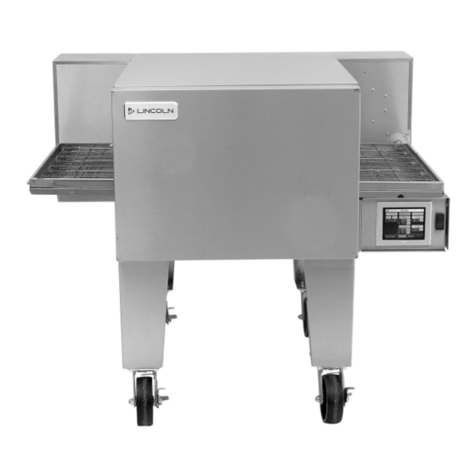
Lincoln
Lincoln Impinger Aperion 2424E Installation, operation and maintenance manual
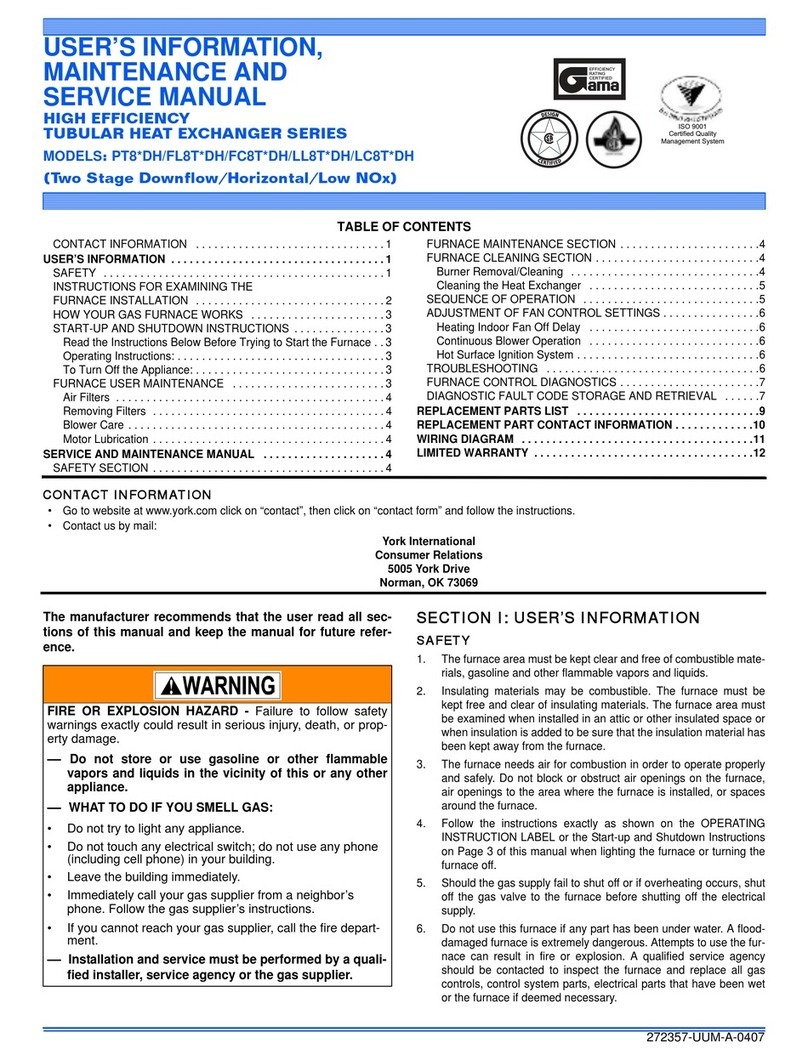
York
York PT8 DH Series User's information, maintenance and service manual
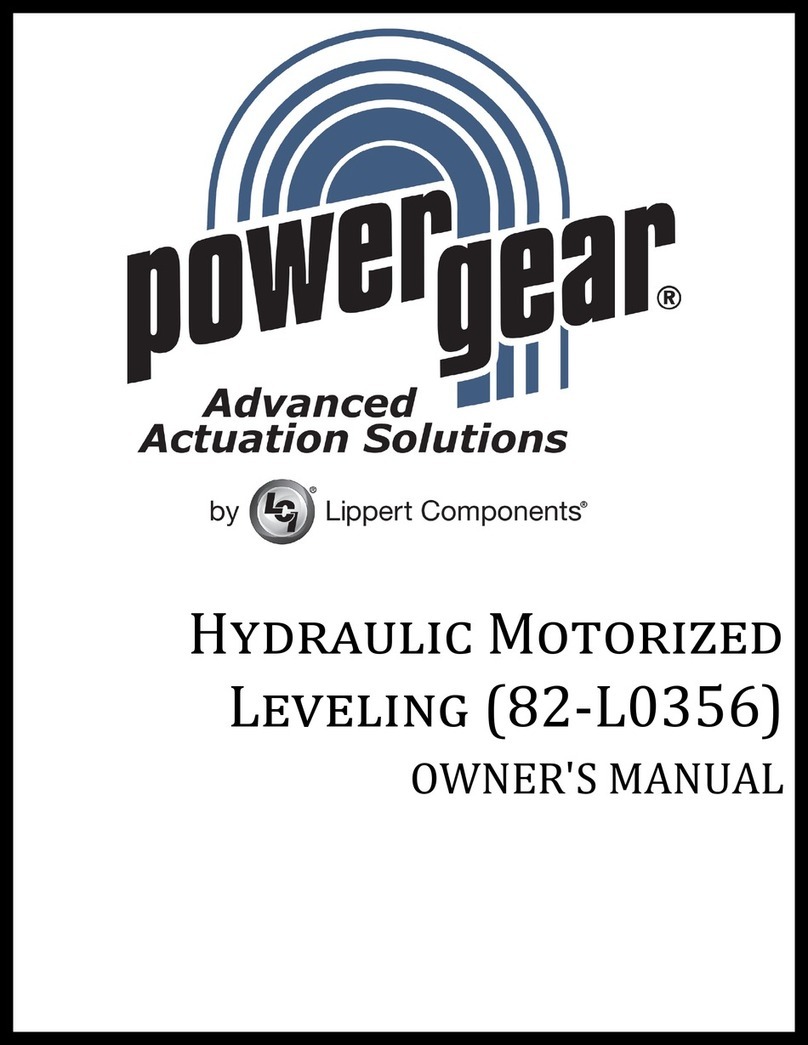
Lippert Components
Lippert Components Power Gear 82-L0356 owner's manual
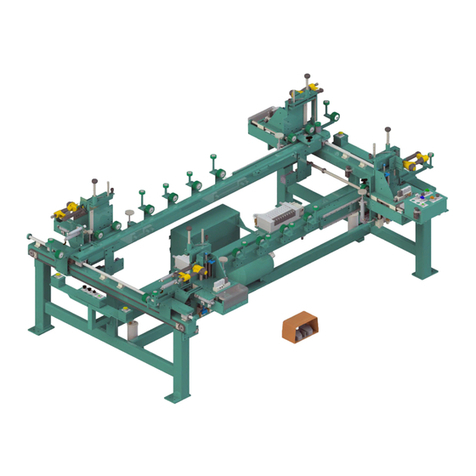
Kval
Kval 700-DC Operation and service manual
